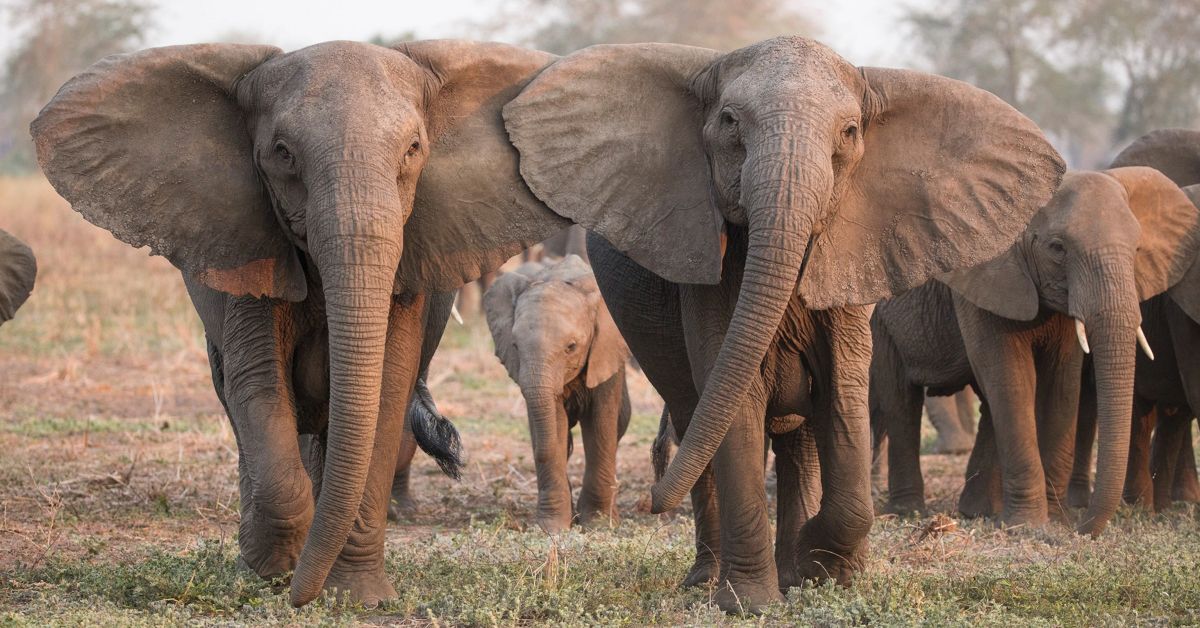Killing elephants for ivory has led to the development of elephants without tusks, according to a new study. The evidence shows that human activity literally changes the anatomy of wildlife.

According to a study published in a recent issue of Science, a previously rare gene variant that causes a lack of tusks is very common in some groups of African elephants where a large number of animals have been killed for their ivory over the decades.
The researchers studied why female elephants in Gorongosa National Park, Mozambique, are often born without tusks and found that the extensive chase after ivory has indeed affected the gene pool considerably.
During the Mozambican Civil War (1977–1992), poachers were typically killing elephants for their tusks: 90 percent of their stock was exterminated by the warring parties so that the money from the sale of ivory could be used for fighting each other. Elephants without tusks were hardly hurt, so it became more likely that the tuskless animals would reproduce, thus transmitting the gene variant that causes the deficiency.
A few generations later, the impact is still visible in a group of about 700 elephants living in the national park. According to Robert Pringle, an evolutionary biologist at Princeton University and lead author of the study, this demonstrates the impact of human intervention on nature.

The research team suspected that the lack of a tusk had to do with a genetic cause, and because it was rare in males, it was thought to have something to do with the sex of the animal. The analysis pointed to some genes of the X chromosome, one of which is involved in tooth growth.
Mutations in one or more of these eventually protected female elephants from poachers, but proved fatal to males as they adversely affected their development within the womb.
About half of the male elephant calves of tuskless mothers carry this genetic mutation, which means that there is a significant male shortage in herds severely affected by poaching.
Over time, however, the balance could be restored: the population that drifted to the brink of extinction in the 1990s grew for two decades and by now has now more than tripled. For this reason, the research team expects the syndrome to decline in the population studied.
